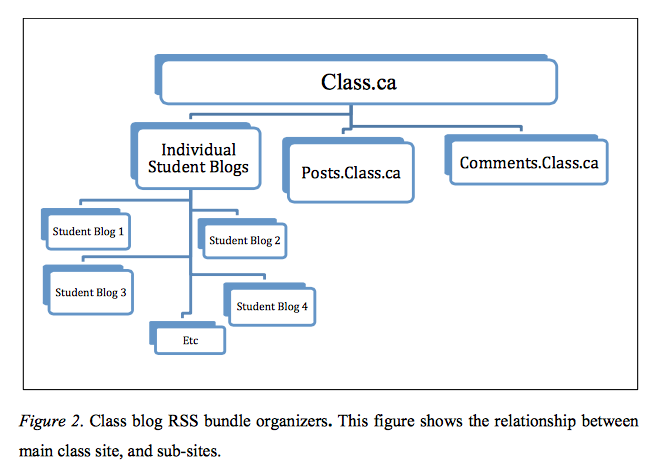This post is part of a serialized collection of chapters composing my recently completed Master’s of Education degree at the University of Victoria. You can access the other chapters on this site here, and access a pdf of the completed paper on the University of Victoria library space here.
This chapter presents a unit framework to cultivate critical citizenship learning for the digital age. By introducing unit components that are adaptable to diverse subject areas and student ages, these assignments and overall structure allow teachers and learners to adapt this framework to their unique purposes. Throughout the unit praxis, participants are asked to document and create artefacts of their learning for personal and collective reflection, and to serve as new points of future departure. The unit plan can follow the critical praxis of action and reflection indefinitely, allowing further and further growth and development, both on an individual and collective level for as long as one chooses to engage with it.
To facilitate this process, the project encourages educators to enact this unit’s lessons within a digital context; however, the basic framework will apply without technology, and can be adapted to physical, face-to-face space. In adopting digital space, teachers may consider multiple avenues, not limited to those described here:
Personal Blogs
A classroom in which students are provided their own individual blogs can allow them to cultivate a digital footprint of their own, designing layout, themes, title and general tone of writing across categories and disciplines. As well, by using platforms which allow it, individual data can be exported and can continue to be the intellectual property of the students who created it. This provides students with ownership over their own educational data that reaches beyond the institution, while allowing control and agency over their digital identity and footprint. Beyond creating individual students’ sites, teachers can foster classroom community voice by aggregating the RSS feeds from each of the blogs into a single site – i.e., WordPress with FeedWordpress plugin. Comments posted on class blogs can be aggregated as well. With WordPress multi-site, this may take the shape depicted in Figure 2.
Teachers may incorporate other social media – Youtube, Twitter, Instagram, etc. – into their assignments and projects; however, it will be helpful to link, archive, and curate these learnings on individual blogs such that these disparate postings can be collected and curated in a single space.
Class Blogs
While the individual blog model may serve teachers of linear (year-long) courses, those faced with shorter semesters may seek the expediency of a single class site with multiple student authors. The use of a single class blog will make the reading and discussions arising around posts and readings more centralized and easier to follow than a distributed collection of individual blogs. However, by organizing posts with the use of tags and categories, student work can be sorted by author(s), as well as topics or corresponding units. Additionally, a class site’s pages may be devoted to the cultivation of student portfolios, where links, summaries, and reflections on work throughout the term can be collected.
Other Social Media
Many other media offer tools for curating a variety of digital publications and artefacts, whether micro-blogging platforms such as Twitter, photo-sharing sites like Flickr or Instagram, video networks such as Youtube, Vine, or a host of other networks and platforms. Students and teachers may employ a range of different tools to represent and reflect upon learning across these platforms, and archive (or not) the results for further study. Within many of these social platforms, the use of tagging, or hash-tags, can be used to collect and organize related posts. Similarly, on Twitter, sub-tweeting allows the medium’s 140-character limit to be expanded into longer threads of related posts (by the original author, or others). As well, social aggregator sites such as Storify can be helpful in curating divergent social media stories across platforms and media.
Analogue
While aspects of the digital age allow empowering learning documents to be shared within the learning community, analogue means of collecting artefacts of student learning can work within this unit framework as well. Journal entries, notes collected with pen and paper, collages, dioramas, and other three-dimensional creations can each provide the opportunity to represent and reflect upon learning as a critical praxis is established throughout a course of study.
The Role of the Teacher (or Class) Blog
As it offers the full potential for cultivating critical citizenship for the digital age, the framework below works within a personal blog format to allow maximally student-owned content. Within this classroom environment, the teacher may also curate their own blog (or contribute to a class blog collected along with the aggregated student posts). Here, the teacher can model “lead learning” and document an engagement with their own critical praxis, articulating the goals for personal or class learning within the context of the unit, reflecting on elements of pedagogy or lesson design, as well as linking to and highlighting student blogging to synthesize emergent details in the unit’s “generative themes” (presented on pages 20/21 in chapter two).
